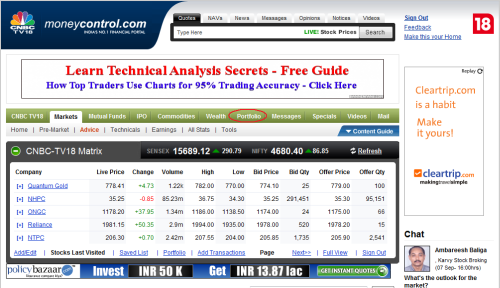Pipavav IPO: Open and Close Dates
Pipavav IPO opens on 16th September 2009 and closes on 18th September 2009.
Pipavav IPO: Price Band
The price band of Pipavav IPO has been fixed between Rs. 55 and Rs.60
IPO Grading: Pipavav Shipyard
The IPO has been graded 3 out of 5 by CARE. This denotes average fundamentals. I was interested to see how CARE graded this IPO as one with average fundamentals because they don’t have any operating history at all.
CARE gives the following reasons which are in favor of Pipavav:
1. Strong Order book position
2. SEZ approval to the subsidiary of Pipavav.
3. Professionally qualified and experienced management.
4. Strategic tie up with Punj Lloyd Ltd.
The factors weighing negatively for the grading are:
1. Absence of track record in shipbuilding.
2. Project risk associated with new projects.
3. The company has a history of corporate debt restructuring because some of its earlier plans had gone awry.
4. Concentration of order book to the main line shipping sector.
Business of Pipavav Shipyard Limited
Pipavav Shipyard currently has not commenced commercial operations and is engaged in building the Pipavav Shipyard located on the west coast of India adjacent to major sea lanes between between the Persian Gulf and Asia.
After the construction of the shipyard is complete Pipavav would be able to construct and repair ships and vessels of various sizes and construction of products like offshore rigs, jackets and vessels for oil and gas companies. Pipavav right now has agreements in place for the construction of 26 Panamax bulk carriers with the capacity of 74,500 DWT each for delivery from 2009 to 2012. The construction of the shipyard itself is expected to complete by October 2008.
Key Risks
Pipavav has no operating history and it becomes hard therefore to judge how well it would do in the future.
Pipavav has no prior experience in ship building or repair or offshore activities.
There is a large dependence on the proceeds of this IPO itself to mobilize funds and proceed with the construction of the Pipavav Shipyard therefore the general stock market conditions etc. influence the initial success of the company.
Objects of the Issue
The primary purpose of the IPO is to mobilize funds for construction of the shipyard and a sum of Rs.4,550 million has been earmarked for the same. Another important objective of the IPO funds are to generate margin for working capital and a sum of Rs. 2450 million has been earmarked for the same.
Financials of Pipavav Shipyard
Since Pipavav has not commenced operations yet there are no details available for its revenues, profits or cash flow generation.

